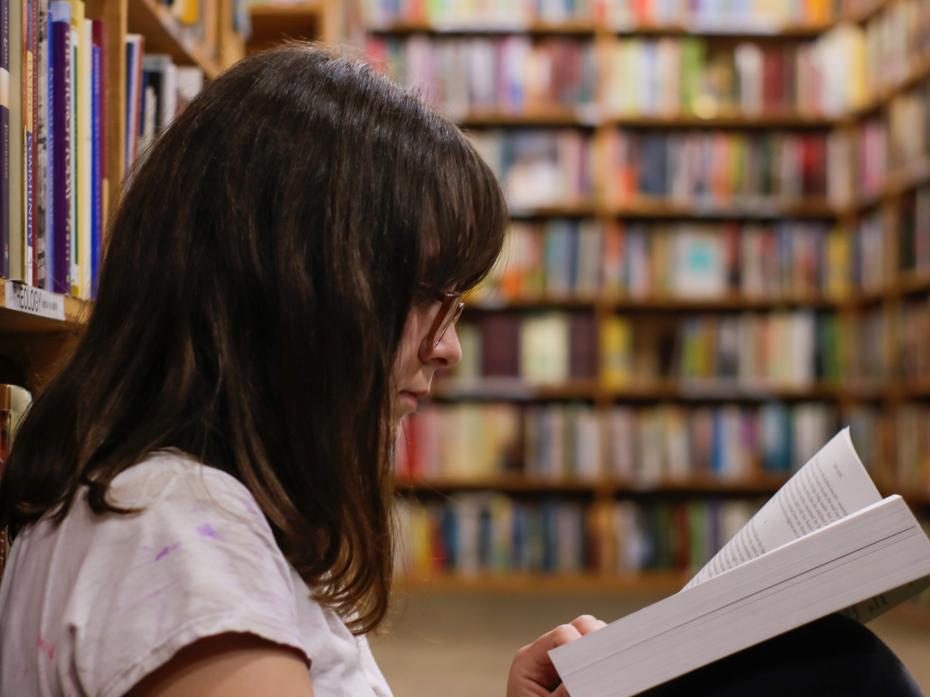After teaching undergraduate students for almost 10 years, I’ve noticed a worrying shift. Attendance overall is going down and many students drift into the classroom late, if they come at all. Some disappear for weeks as if they are on sabbatical. While the pandemic certainly intensified disengagement, the trend seems to be lingering far beyond lockdowns and Zoom fatigue. Many of you are nodding along right now, aren’t you?
As educators, we’re left asking: how do we bring students back not just physically, but also cognitively and emotionally, into the learning space?
- How to get students asking better questions
- What social media can teach lecturers about student engagement
- Using emotions to boost learning
Rather than doubling down on punitive policies or lamenting the good old days, I’ve been experimenting with creative, evidence-informed approaches that reimagine the classroom as a space students actually want to be in. Here are three strategies that have brought positive results (and some joy, too) back into my teaching practice.
1. Gamify attendance and participation
It may sound gimmicky, but gamification works, especially with Gen Z learners who have grown up in interactive digital environments. Game mechanics, like points, levels and rewards, can significantly increase student motivation and engagement, according to research.
In my classes, I introduced a simple points-based system: students earn small rewards for punctuality and participation. Every week, I prepare an in-class exercise that requires students to participate to earn points. Like any game that gives gamers the chance to replay, I also allow students to make up their absence. Miss a class? Students can email me within 24 hours, watch the recorded lecture, complete the exercise and earn back their points. One student told me it felt less punishing than traditional attendance policies. Also, they understand that they can actually control the participation points that supposedly are given out by instructors.
For some of the lectures, I also introduce a collaborative learning approach, where students form teams to answer questions in a competitive setting. The team that earns the highest number of points receives a bonus point for their overall grade. Students are enthusiastic about playing those games. And more importantly, it’s not about competition – it’s about engagement. Students who are typically quiet or hesitant feel empowered to contribute. Many arrive early just to be ready for the day’s challenge. Suddenly, class feels less like a chore and more like a collaborative game.
2. Make the first 10 minutes unmissable
Students remember what happens at the beginning of a class most vividly, according to research on the primacy effect. Yet all too often, we start with housekeeping or a dull PowerPoint slideshow.
Now, I treat the first 10 minutes of class as sacred: a moment to hook attention, stir curiosity and build momentum. I might open with a meme analysis, a provocative media clip or a self-quiz that connects to the day’s topic. Before the exams, I normally give pop quizzes for students to help them better grasp the key concepts from each lecture. All these create a sense of urgency and intrigue – something students don’t want to miss. And it works. Students who used to saunter in late now rush to catch the opening. Some even ask me to post the first 10 minutes online in case they miss it – proof that it’s become a valued part of the learning experience.
3. Make learning tangibly relevant
Perhaps the most important shift has been rethinking how course content connects to students’ real lives and future careers. In communication studies, it sounds like a natural fit, but it still requires intentionality and design.
In my Principles and Practices of Public Relations course, I began inviting seasoned PR practitioners, many of whom are potential future employers, to speak directly with my students. These professionals, who work in agencies, NGOs and corporate sectors, offer first-hand insights into crisis communication, stakeholder engagement and media relations. The impact was immediate and visible: students who were often passive became alert and engaged. Some even arrived early, presenting themselves professionally for a 9.30am class. One international student later told me he got an internship offer from a connection he made during these sessions. “It wasn’t just about the grade any more,” he said.
In my Communication Training for Organisations course, I implemented a service-learning project where students served as communication trainers for foreign domestic workers in Hong Kong. Their task was to design and deliver practical workplace-related communication workshops, tailored to this underserved community. Students began arriving early, fully prepared, knowing that any missed content might compromise their performance in front of their trainees. The sense of responsibility and purpose transformed their motivation. Learning was no longer abstract. Instead, it was relational, ethical and immediate.
To show the effect of these methods, a student of mine, who’d been chronically absent throughout the spring semester, suddenly started showing up. When I asked what changed, she told me: “My friend said I was missing all the good stuff.” As noted in How Learning Works (John Wiley, 2010), students are more motivated when they perceive course material as useful. By embedding learning in authentic contexts and giving students meaningful roles, we help them recognise that showing up truly matters.
Henry T. Y. Fung is programme director of public relations concentration at Hong Kong Baptist University.
If you would like advice and insight from academics and university staff delivered direct to your inbox each week, sign up for the Campus newsletter.




comment